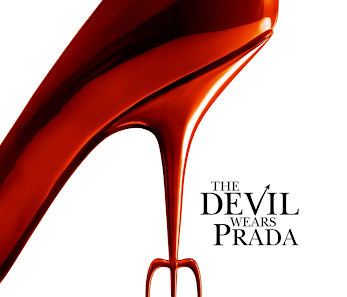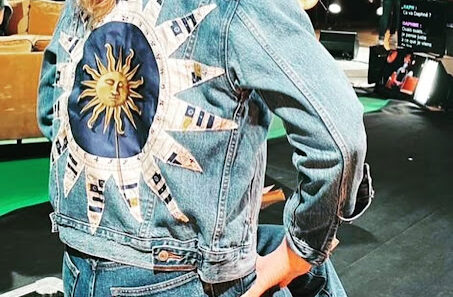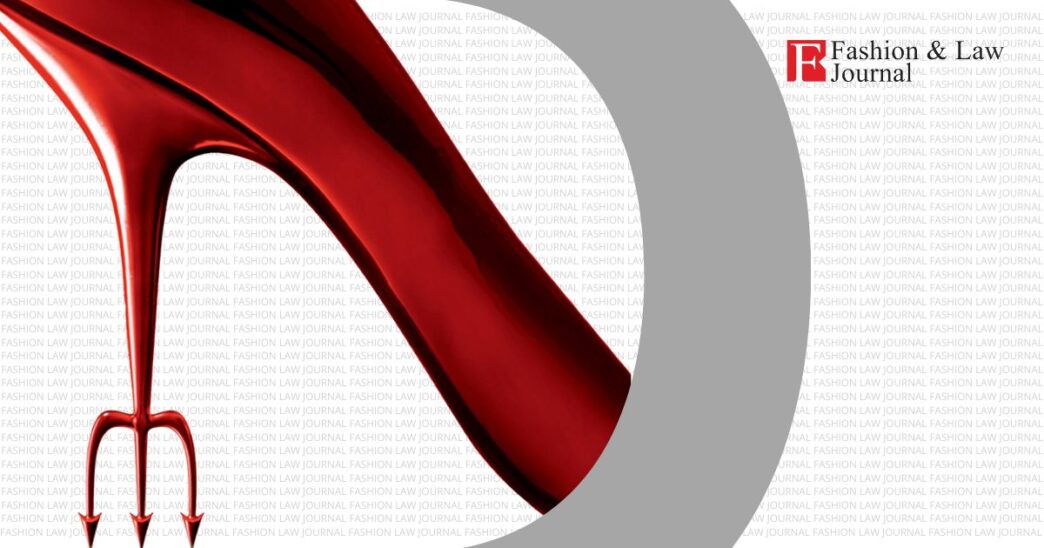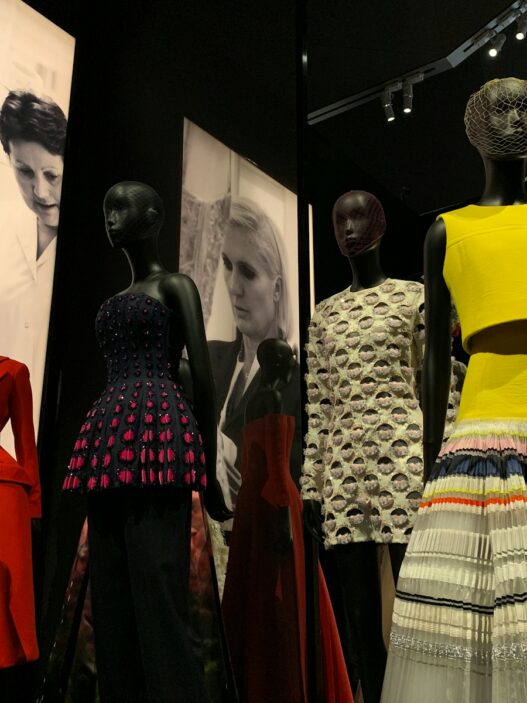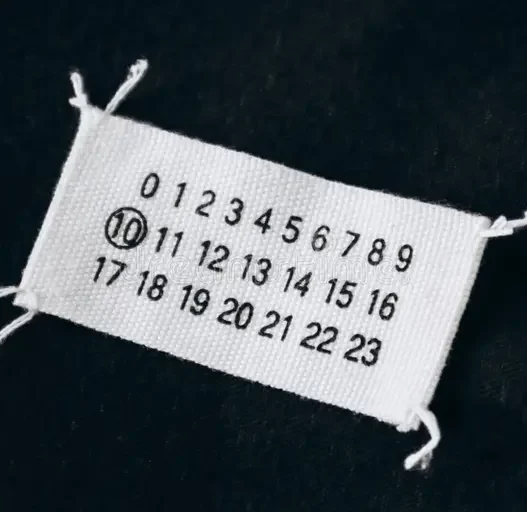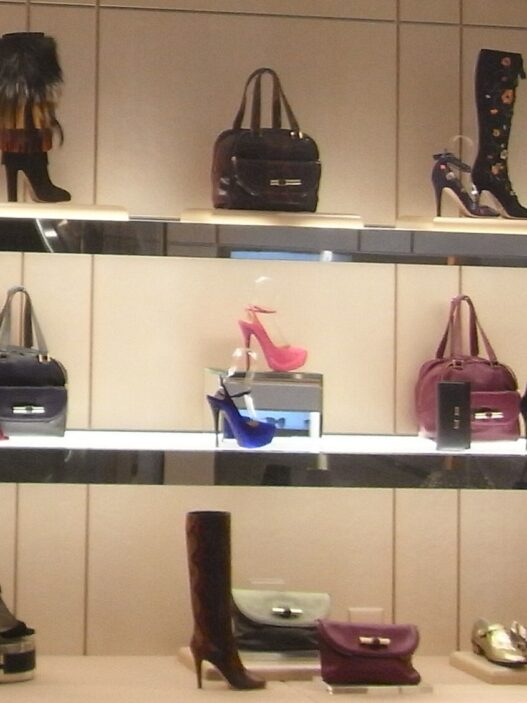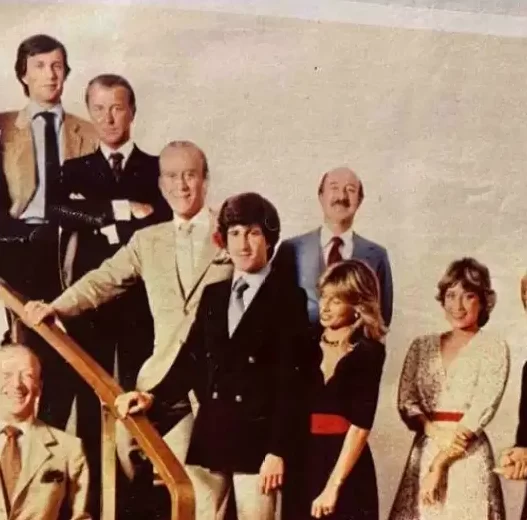I have heard Meryl Streep’s Miranda Priestly’s monologue, delivered as take down to Anne Hathaway’s Andy Sachs, in Devil Wears Prada more times than I can remember. It is powerfully delivered with the disdain and condescending tone one would expect of a fashion intellectual or vanguard to a prole – the one who has somehow figured that dressing poorly is for less pretentious or unpretentious folks and that dressing better or powerfully is for those who are vain and shallow. However, Priestly showed her mirror that even she selected a jumper of the colour that was selected by the people in that room and that even if subconsciously, she too, therefore, wants to dress up or look better or wear better colours- in her own way. I have dissected that dialogue several times but here I am going to do this clinically.
“This stuff…. Oh, okay. I see. You think this has nothing to do with you. You go to your closet and you select… I don’t know… that lumpy blue sweater, for instance, because you’re trying to tell the world that you take yourself too seriously to care about what you put on your back.”
The opening phrases set the stage for Priestly to deliver master class on how the fashion business works and thereby, in a way, exposing the cracks in fashion law. Andy called the clothes that she was picking as “stuff”; thus, denying them of any value, and that the whatever value the “stuff” had is being ascribed by some mental and PR gymnastics; thus, completely ignoring the complex creative, commercial and cultural machinery that it took to build the “stuff”. This is akin to how courts are likely to treat fashion – merely clothing and not as an “expression”.
Priestly then changes track and sets the stage for dismissing the myth of fashion being elective and that her selection is shaped by her behaviour and that fashion has no power to shape the behaviour. Fashion doesn’t and cannot exist outside the world of power, capital and law. Most of the men’s current clothing styles are direct descendants of army chiefs and political leaders making a choice of colour, fabric and purpose, on behalf of millions of soldiers in the World Wars, from t-shirts to trench coats.
Thus, there is a stamp of certain authorship on a fashion product; yet this credential gets lost or dismissed as consumerism. Fashion is never authored alone. It is a product of distributed agency—where stylists, trend forecasters, fabric suppliers, cultural moments, and even viral reels quietly co-author the final look. Yet, the law remains obsessed with the myth of the solitary designer, blind to the aesthetic labour diffused across an invisible network.
“You go to your closet and you select… I don’t know… that lumpy blue sweater, for instance, because you’re trying to tell the world that you take yourself too seriously to care about what you put on your back.”
Priestly basically tells Andy that clothes are form of expression – she wears “lumpy blue sweater” to express a certain value of hers to the world.
The law recognizes expressive works when creator intends to create but fashion also works by influence and unconscious selection, where the law usually plays a catch up or not at all. The influence in fashion is basically an “accidental authorship”. Could this exist in law?
“But what you don’t know is that that sweater is not just blue. It’s not turquoise. It’s not lapis. It’s actually cerulean. “You’re also blithely unaware of the fact that in 2002, Oscar de la Renta did a collection of cerulean gowns. “
Now, Priestly, in her signature condescending style, points to Andy that what she is wearing isn’t blue but cerulean; thus, bringing importance of colour and branding in fashion world. Yet, copyright law doesn’t quite protect colour and trademark law protects it in severely narrow manner [e.g., Louboutin Red, Tiffany Blue, Barbie Pink] and how the law, apart from protecting the Geographic Origins of a fashion product [via Geographical Indications] doesn’t quite protect the “Designer Origins” of a fashion product. In fact, Louboutin shows the painful lengths required to protect even a singular branding element.
Design law protects visual expression, and fast fashion is expert in dodging those rights. Unlike, in other IP rights such as in patents – where first to file wins or their inventorship travels across all the licences or sub-licences – unfortunately the fashion designers are accorded no such exalted position in the law.
“…And then I think it was Yves Saint Laurent, wasn’t it, who showed cerulean military jackets?”
She further informs Andy and the audience that how fashion is an iterative process between several designers who collaborate – From Oscar to YSL – how cerulean – when appeared in certain aesthetics, through collaboration, got established or got onto trends. Essentially, in fashion, design is always moving between original creators – who routinely create – while sticking to the “theme of a design” – there is no fixed moment of authorship; and somehow law doesn’t quite recognize that.
“And then cerulean quickly showed up in the collections of eight different designers.”
The moment when the dilution or diffusion of cerulean started. This trickle-down effect of trend is not protected in law via royalties or moral rights or residues. Music sampling has royalties, fashion sampling or aesthetic sampling has none.
“And then it filtered down through the department stores and then trickled on down into some tragic Casual Corner…”
By the time, the artist’s fashion reaches fast fashion, it’s decontextualised, depersonalised, and democratised — often at the cost of the original vision. In this, the multi-billion dollar brands win and artists – they lose. They copy the silhouette, change patterns a little, and lower the price. If you sue these brands, then law is likely to state “not substantially similar” – basically the brands must steal more for artists to get recognition. These global fast-fashion brands are proof that influence without attribution is now a business model.
“…where you, no doubt, fished it out of some clearance bin.”
I singled this phrase out of the entire monologue since it points towards end of authorship at the point of sale – or how law or society perceives fashion at large. Yet, the law doesn’t quite recognize that fashion is more of a “broadcast”, an “abstraction”, a “vibe” and not really a product and that looks are first set – by an artist- and then sold. The look or vibe, unfortunately, cannot be owned.
“However, that blue represents millions of dollars and countless jobs.”
Priestly then reminds Andy that fashion is economics – it is infrastructure, it is capital, and it is very much human given the money and humans involved in this industry. Aesthetics drive the industry, but the law demands industrial-grade precision – killing the very ambiguity that makes fashion seductive. The artists who shape the desire are unable to shape profits.
“And it’s sort of comical how you think you’ve made a choice…”
Priestly brings us all back to the classical dilemma of having a free will and the illusion of choice. Essentially, one way to look at fashion and rights landscape is that in fashion, the agency is highly distributed and that law doesn’t recognize or isn’t ready for “distributed agency” and accord them rights in accordance with their agency. Music industry has smartly captured this distributed agency to large extent but that is also due to music being able to generate “repeatable and recognizable modules”, which don’t exist in fashion, since what exists is “look” or “vibe”. Star Athletica is what happens when the law treats clothing like cardboard cutouts.
“…when in fact, you’re wearing a sweater that was selected for you… by the people in this room.”
Priestly brings her arguments to close by stating how fashion, at the end, is a narrative monopoly and tightly controlled strategy despite all the cracks in the law to recognize its unique landscape. The room, in which people decide what we wear, the law is yet to enter that room.
The monologue, in essence, opens Pandora’s box, and to me, now as a lawyer, it doesn’t just lampoon Andy’s conceited naiveté, it quietly mocks society’s and by extension law’s abysmal grasp of fashion itself. It is a lament from a high priestess of aesthetic value who is frustrated that society, and more damningly, the law, still doesn’t “get it.” Years after first watching it for Meryl Streep’s brilliance, I now hear in Miranda Priestly’s voice the unspoken ire of every creator whose vision is too fluid, too collaborative, or too “vibey” for legal protection. This is because law mistakes fashion for frivolity, which not only puts it out of touch but also out of depth for law’s interpreters and enforcers; thus, stopping them from shaping a framework that recognizes these cracks and provides a solution.
Disclaimer: The views and opinions expressed in this article are those of the author(s) and do not necessarily reflect the official policy or position of Fashion Law Journal. The content is for informational purposes only and does not constitute legal advice.



